In pictures: how the world mourned and marked Princess Diana’s death
Princess of Wales’s death 25 years ago led to unprecedented displays of grief around the globe
Upon learning of Princess Diana’s death on 31 August 1997, then prime minister Tony Blair told his press spokesperson Alastair Campbell that the event would “produce grief like none of us have ever seen”. He was right.
Diana’s coffin, draped in the royal standard, was flown from Paris to RAF Northolt and driven to St James’s Palace. Crowds lined the route, throwing flowers from bridges.
At the same time, masses flocked to Buckingham Palace and Kensington Gardens to leave tributes to the Princess of Wales. Members of the public openly wept and howled outside the royal residences. By 10 September, the pile of flowers outside Kensington Gardens was five feet deep, it was reported at the time.
Similarly unprecedented displays of grief were seen around the world, while global leaders paid tribute to the “people’s princess”. President Nelson Mandela of South Africa said she had “captured the imagination” when she visited Angola in her campaign against anti-personnel landmines, while US President Bill Clinton said he “admired her for her work for children, for people with Aids, for the cause of ending the scourge of landmines in the world and for her love for her children William and Harry”.
An estimated one million people gathered in the London streets for the funeral, said Vogue, with 2.5 billion people worldwide watching the ceremony live on television. When Princess Diana died, “the world plunged into deep grief” – and no major event has triggered such a unified response since.
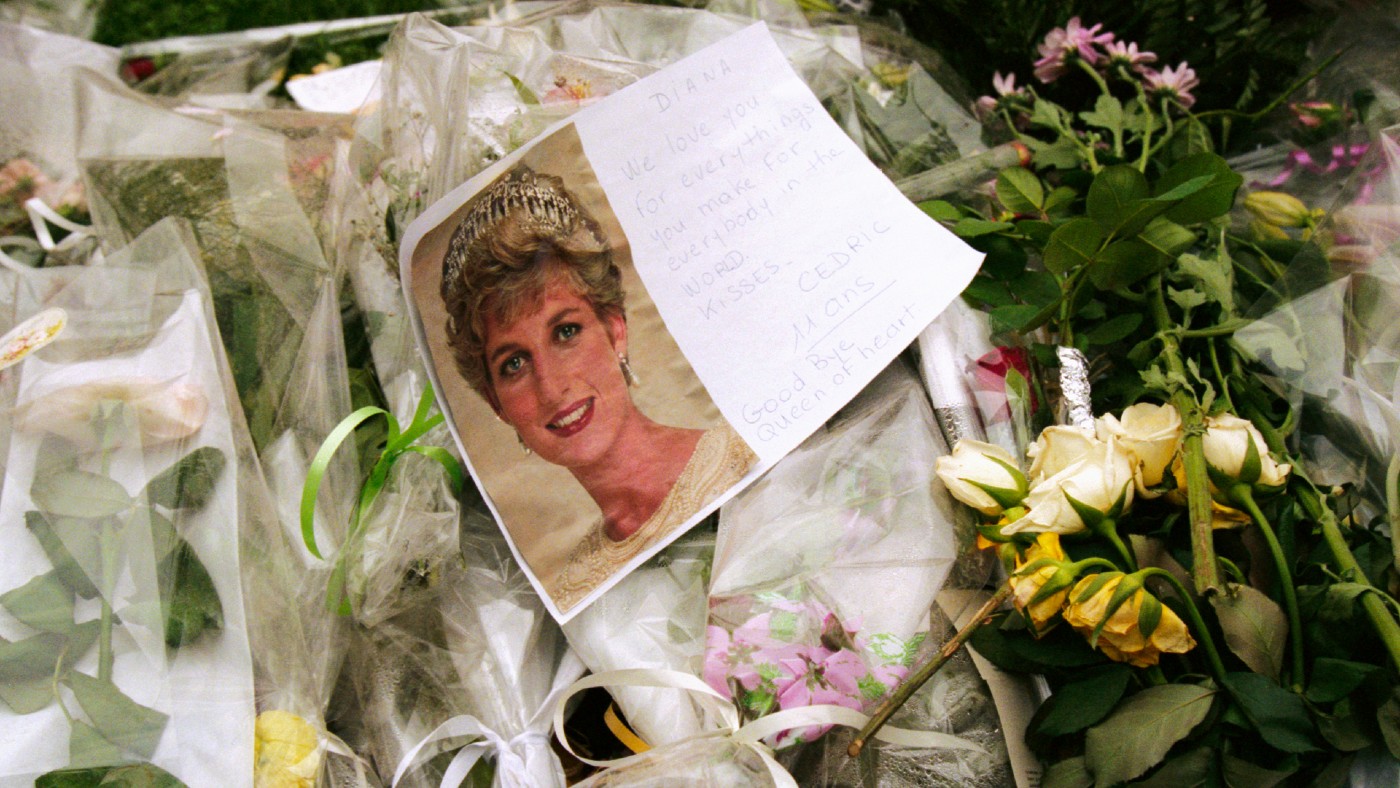
Floral tributes are placed in memory of Diana, Princess of Wales, following her death in a car crash in the Pont de l’Alma tunnel in Paris, France, on 31 August 1997. The story of Diana “started like a fairy tale and ended like a Greek tragedy”, said The Washington Post in its article coinciding with the 25th anniversary of the fatal car crash. An estimated two billion people around the world watched her funeral, and the ensuing quarter of a century “has only burnished her reputation”, the paper said.
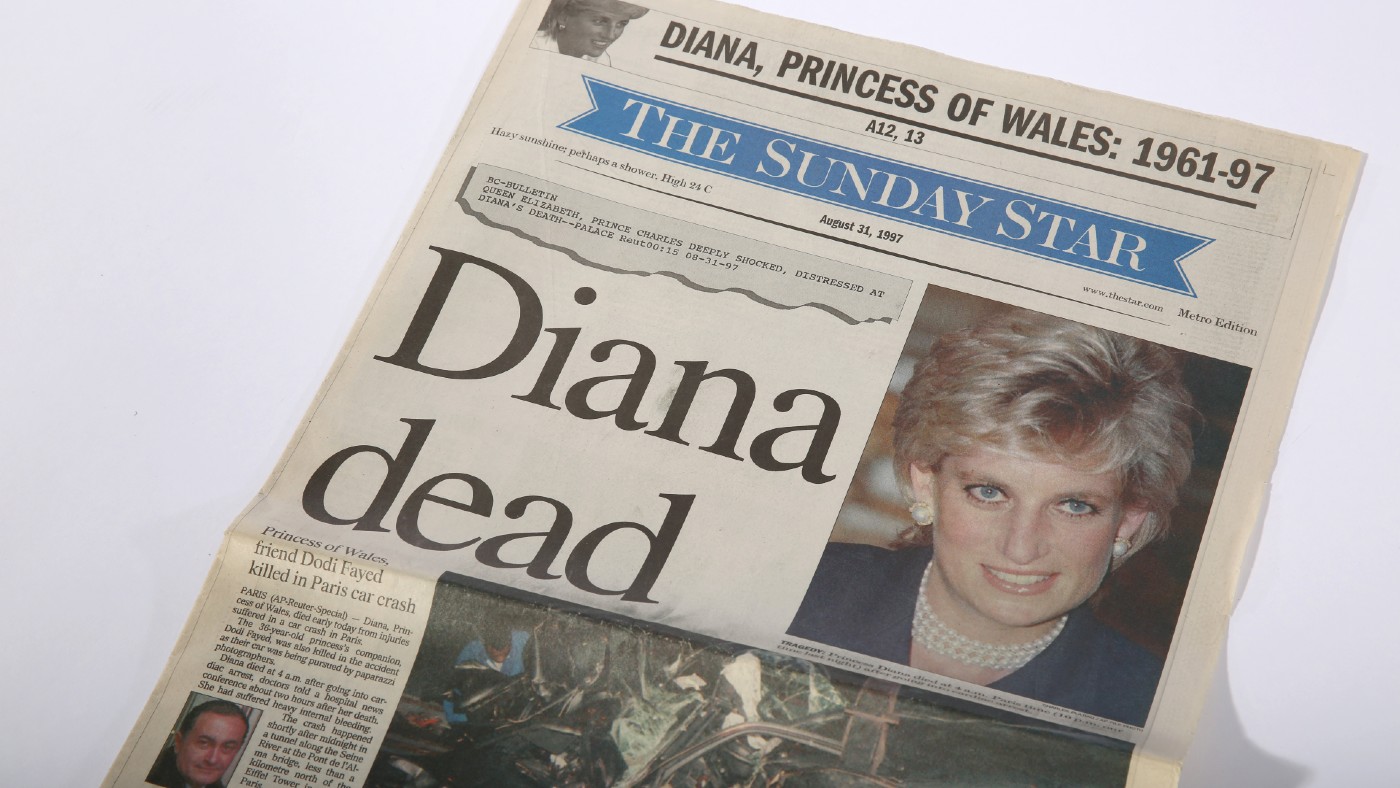
How newspapers around the world reported on Diana’s death. Special editions were rushed out with the shock headline that she and her boyfriend, Dodi Fayed, had died just after midnight on 31 August 1997, while her car sped away from photographers. Diana had been briefly revived by paramedics only to be pronounced dead in hospital. The Toronto Star, New York Daily News and the Los Angeles Times used large photos of the princess smiling, unlike many of the UK papers, which opted for blaring text-only front pages.
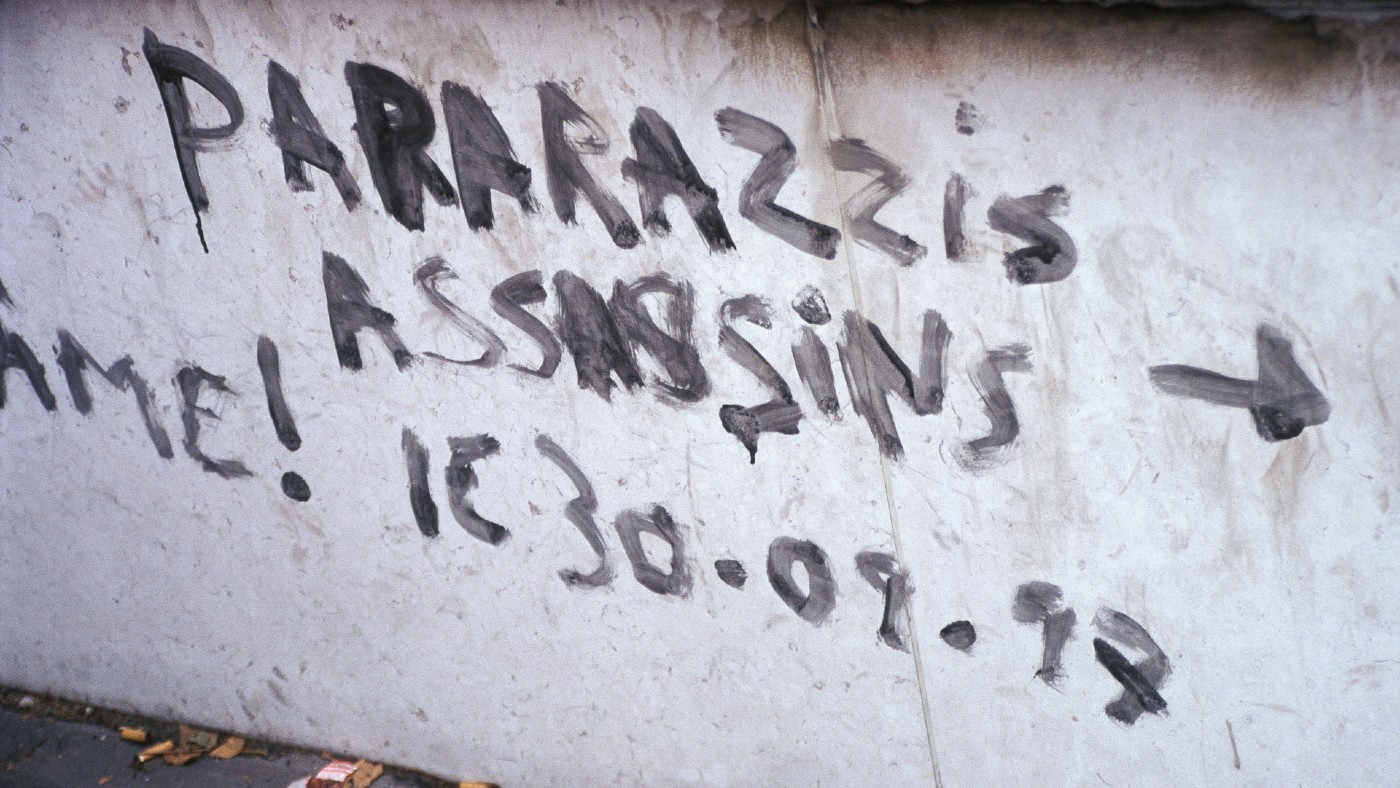
Graffiti at the site of the fatal accident in Paris. Millions in France and around the world immediately blamed Diana’s death on the excesses of the paparazzi, who had hounded the Princess of Wales for years. Newsstands conveyed the shock death of the most famous royal to the world, while photographers and press motorcyclists were hauled in by French police for questioning in the immediate aftermath of the crash.
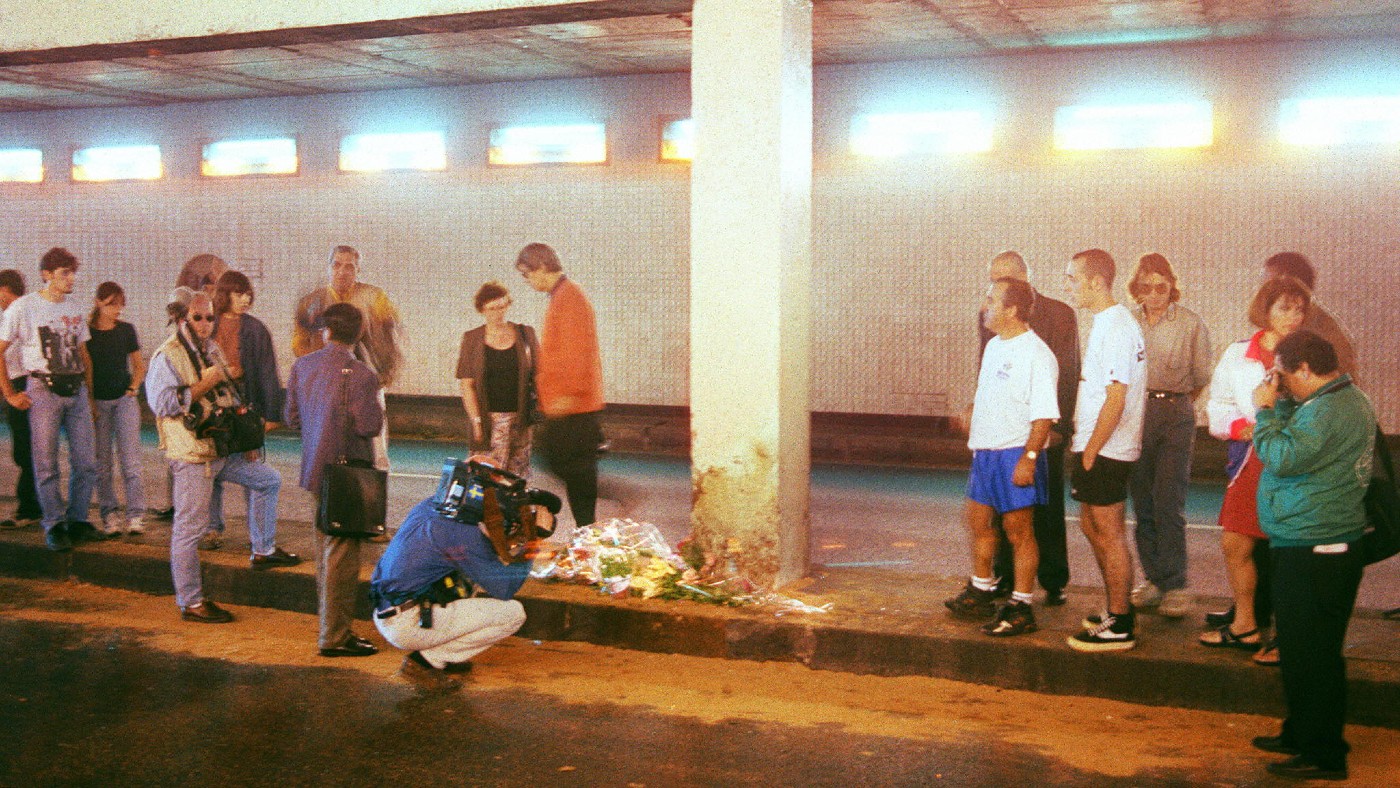
A cameraman films the location of the accident. Nine photographers were charged with manslaughter in France after the crash, but the charges were dropped in 2002. Only three photographers – Jacques Langevin, Christian Martinez and Fabrice Chassery – were convicted of invasion of privacy for taking pictures of the couple. Each was fined €1 in 2006, said The Guardian.
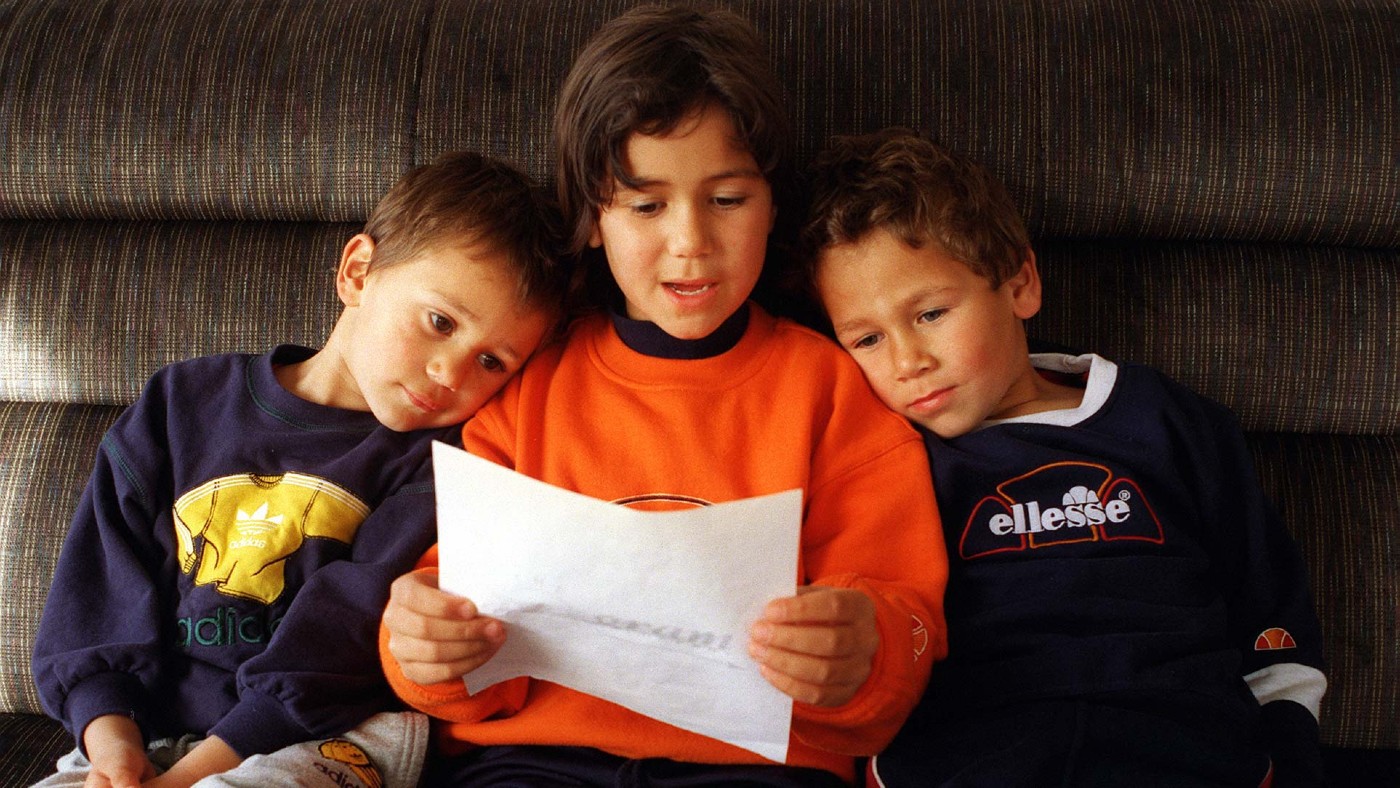
New Zealander Rene Peihopa reads a telegram from Princess Diana to himself and his siblings Manu, right, and Andre, left. It was received a day after Diana’s death and had been sent to their mother, who was in hospital suffering from bad burns. The telegram ended up being Diana’s last official communication.

A woman places flowers for Princess Diana outside Government House in Ottawa, Canada, days after the Paris crash. “I wish to express my deepest condolences to the family of Princess Diana as well as to those of the other victims of this senseless accident,” said the then Canadian prime minister, Jean Chrétien. “Princess Diana in her official position and in a personal capacity has made an extraordinary contribution not only to her country but to the world.”
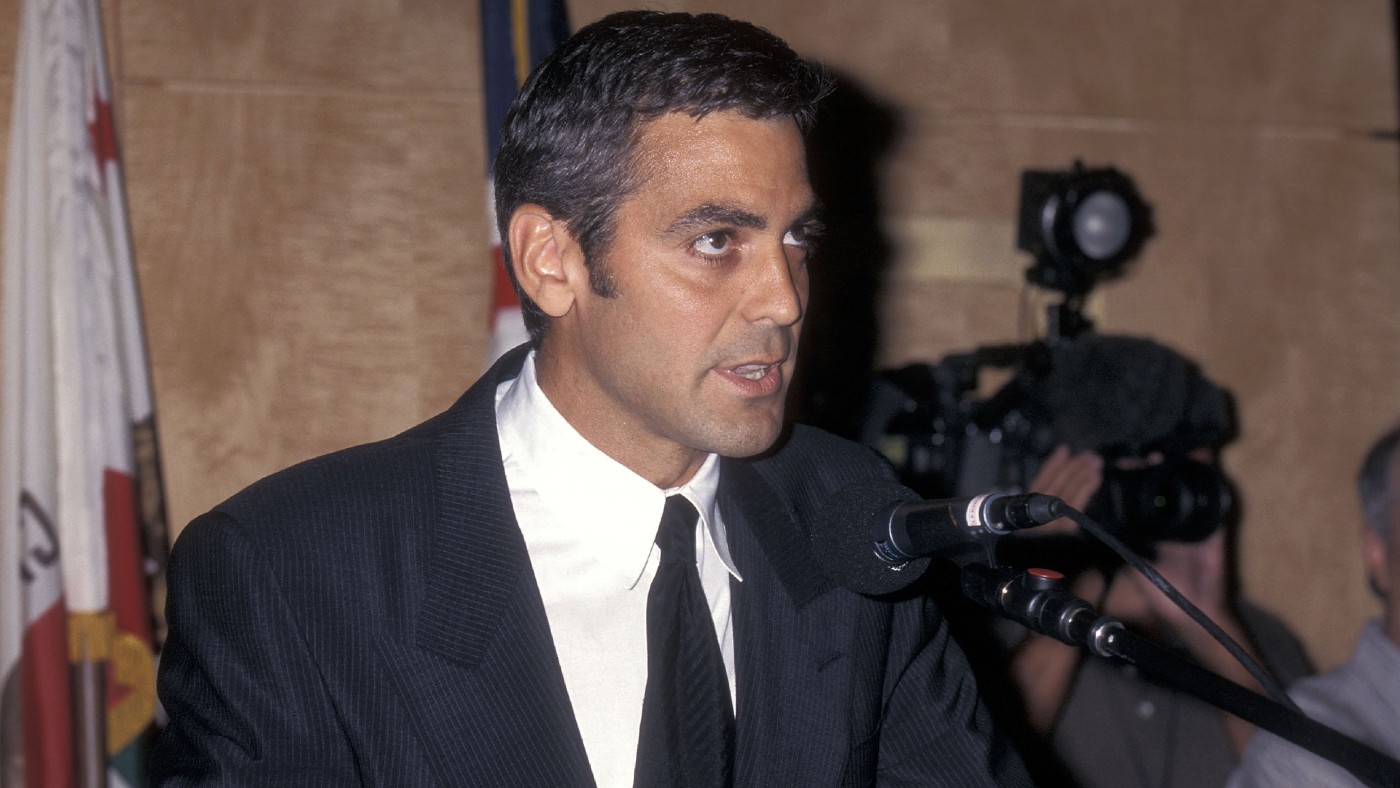
Incensed by the tragedy, actor George Clooney spoke out against the paparazzi and tabloids generally. Similar sentiments among the public continued long after the accident, with criticism swiftly following the airing of images and details that were seen to be salacious or invasive. Channel 4 sparked controversy by broadcasting a documentary in 2007 titled Diana: The Witnesses in the Tunnel, exploring the events of the night from the viewpoint of the photographers who surrounded her in death as well as life.
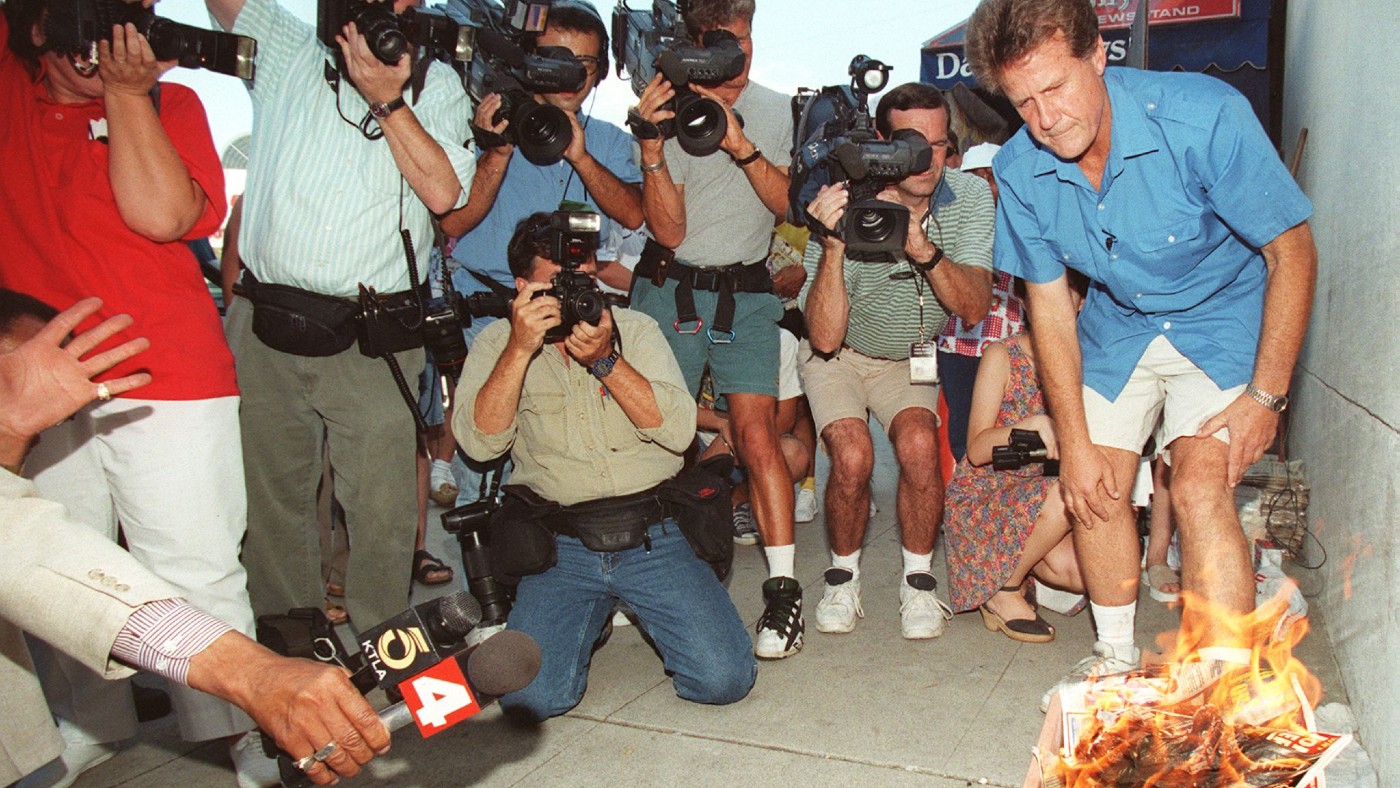
Jack McGrath, a resident of Studio City, Los Angeles, sets issues of the tabloid paper The Globe on fire during a protest over Diana’s death. McGrath protested the tabloid press’s use of “stalkarrazzi” photographs and handed out phone numbers of The Globe’s editorial department, so people could call and demand the tabloid not publish photos of the incident.
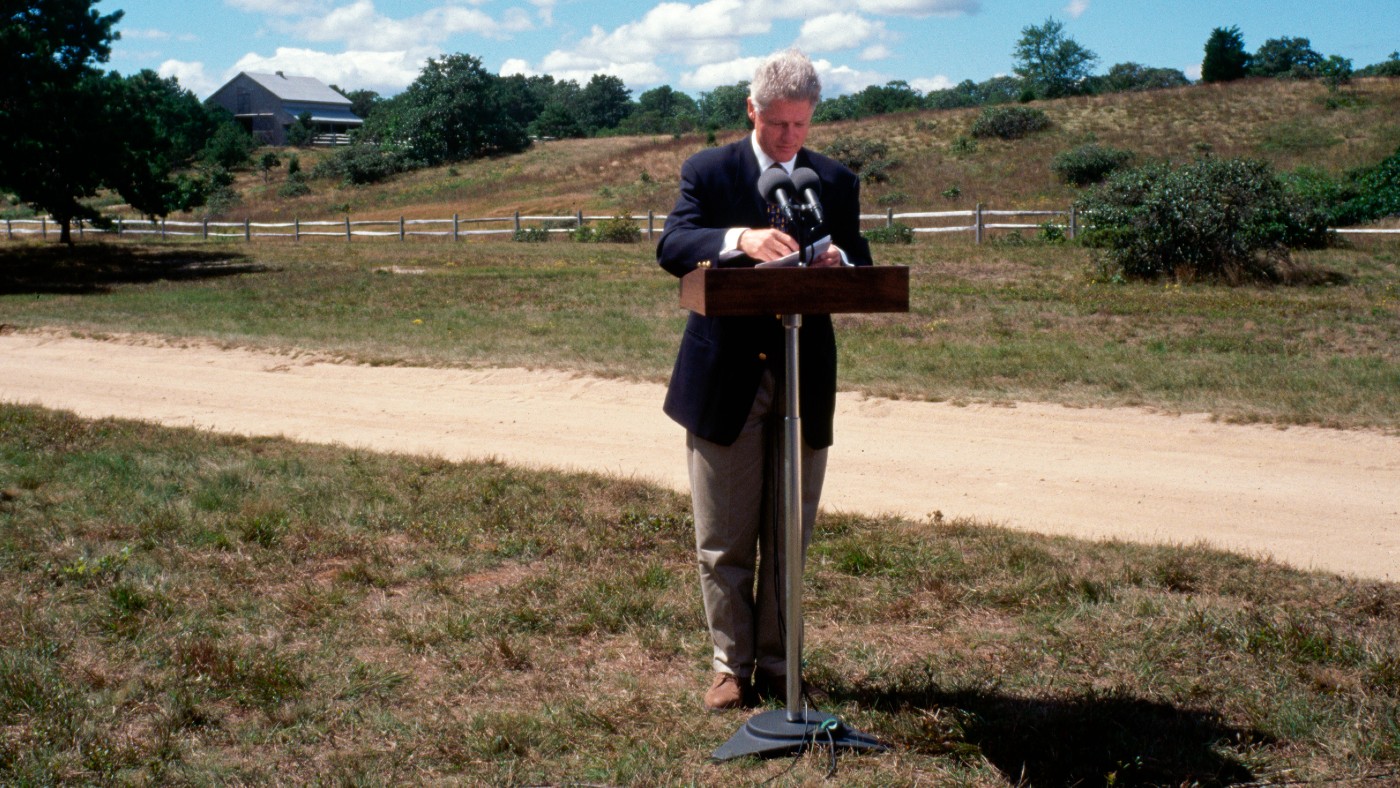
President Bill Clinton makes a statement at Martha’s Vineyard in Massachusetts. Clinton was one of the first world leaders to pay tribute to the Princess of Wales, and said he and his wife, Hillary, were “profoundly saddened” by her death. Russia’s President Boris Yeltsin, South Africa’s President Nelson Mandela, UN Secretary-General Kofi Annan, Australia’s Prime Minister John Howard, Israel’s Prime Minister Benjamin Netanyahu and other heads of state all honoured the princess.
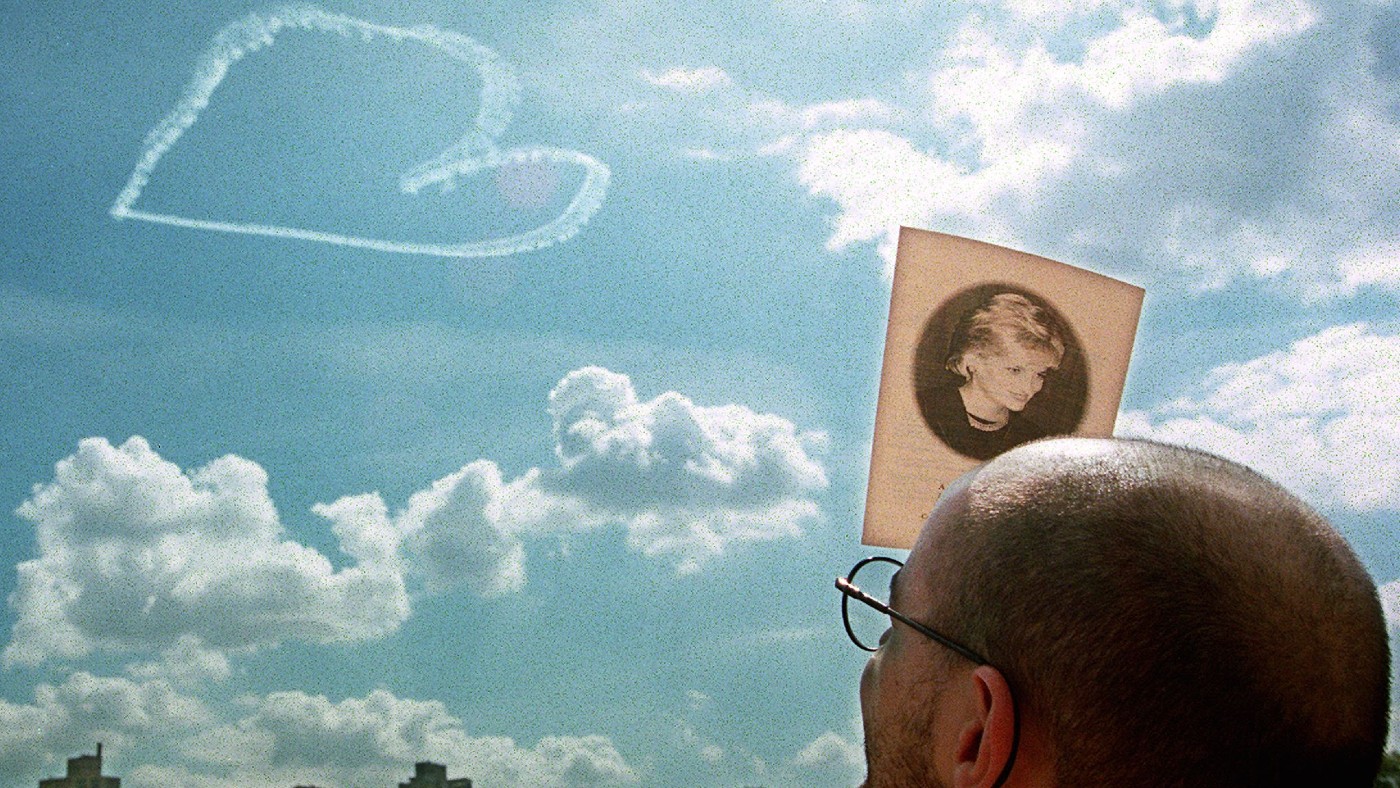
A man shields his eyes from the sun using the programme from a memorial service for Diana in New York. Some 14,000 people attended the hour-long service organised by the Cathedral of St John the Divine and the City of New York to pay their last respects to the Princess of Wales. A plane drew a heart in the sky.
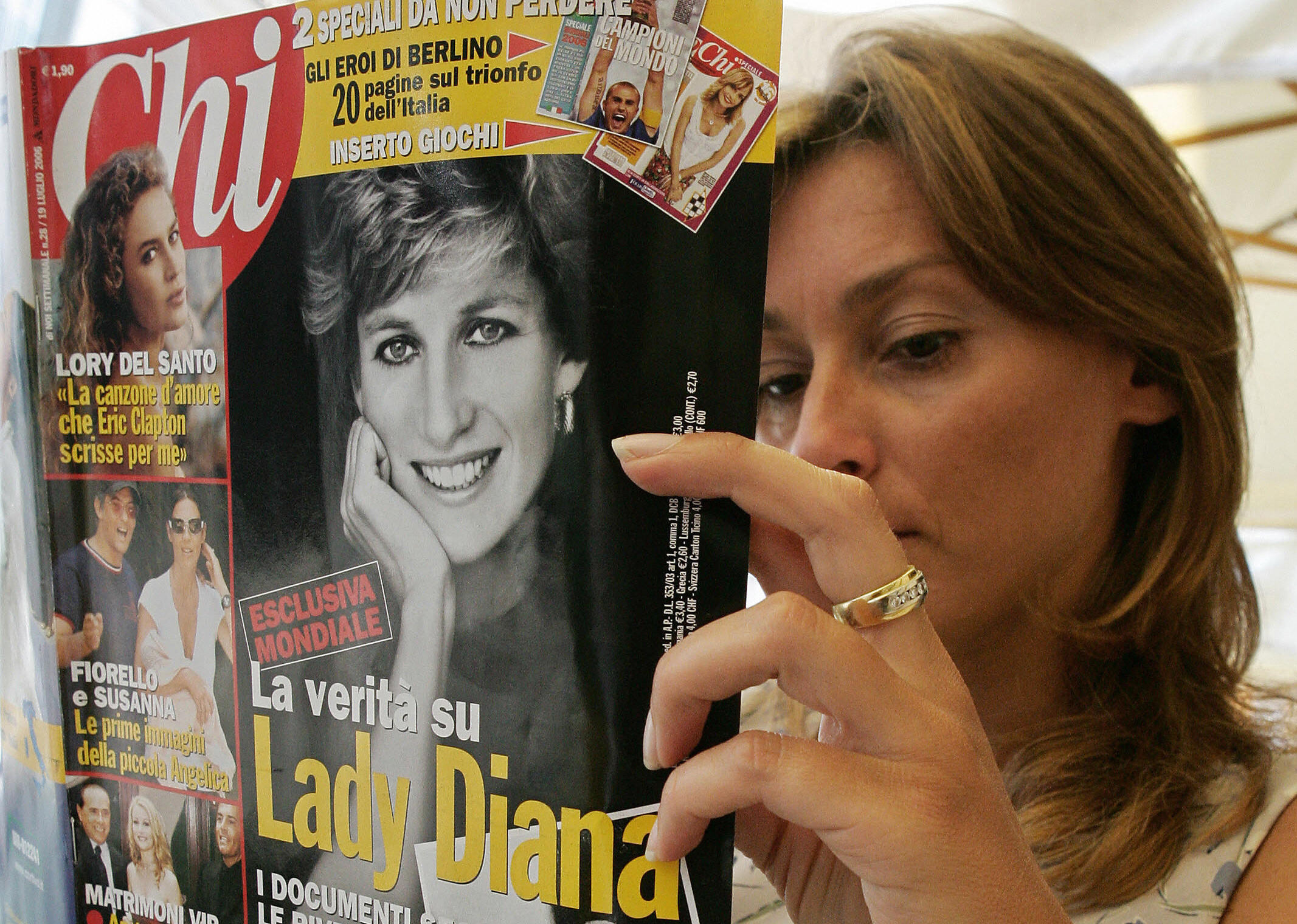
A free daily email with the biggest news stories of the day – and the best features from TheWeek.com
-
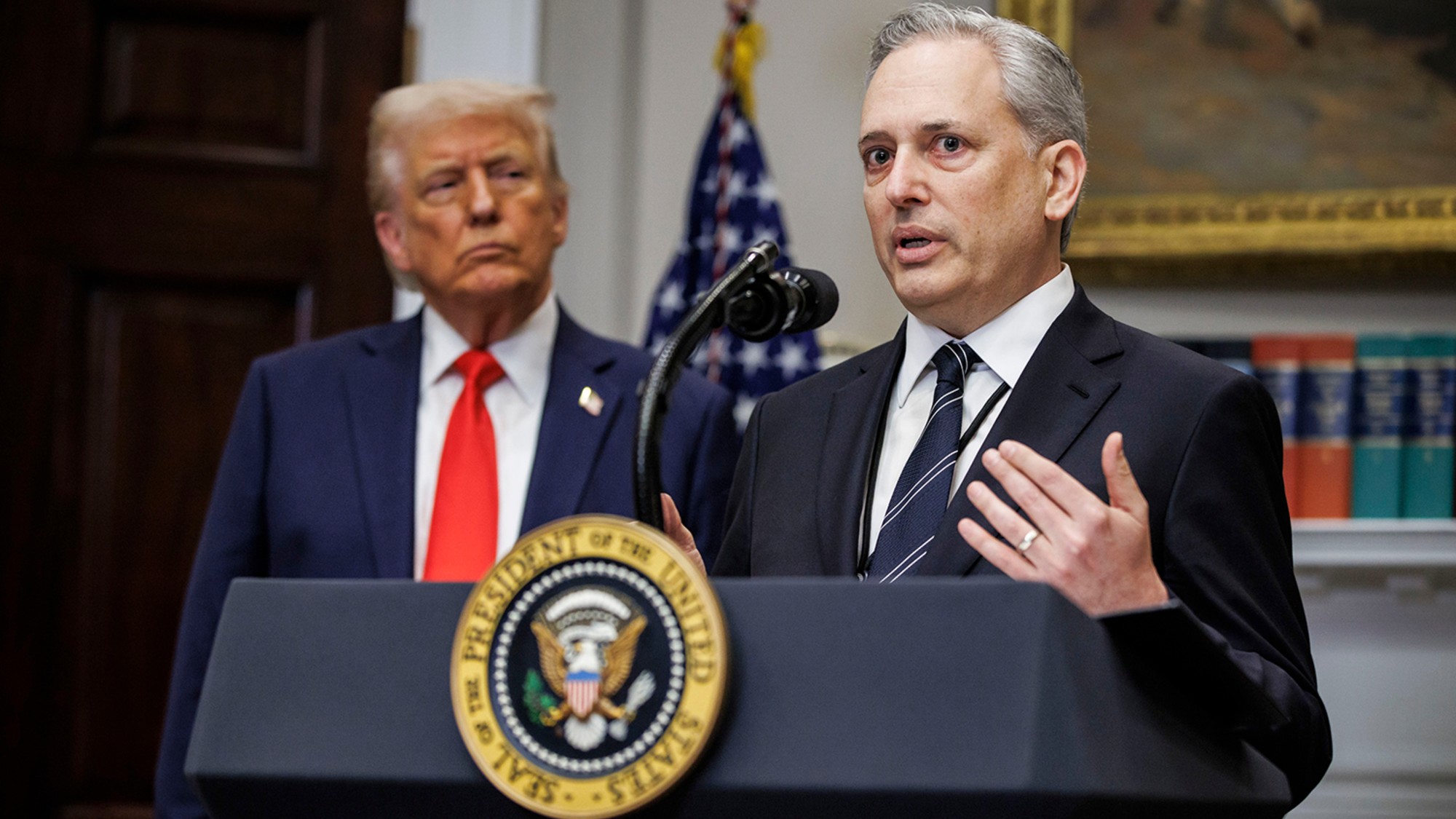 Trump vs. states: Who gets to regulate AI?
Trump vs. states: Who gets to regulate AI?Feature Trump launched a task force to challenge state laws on artificial intelligence, but regulation of the technology is under unclear jurisdiction
-
 Decking the halls
Decking the hallsFeature Americans’ love of holiday decorations has turned Christmas from a humble affair to a sparkly spectacle.
-
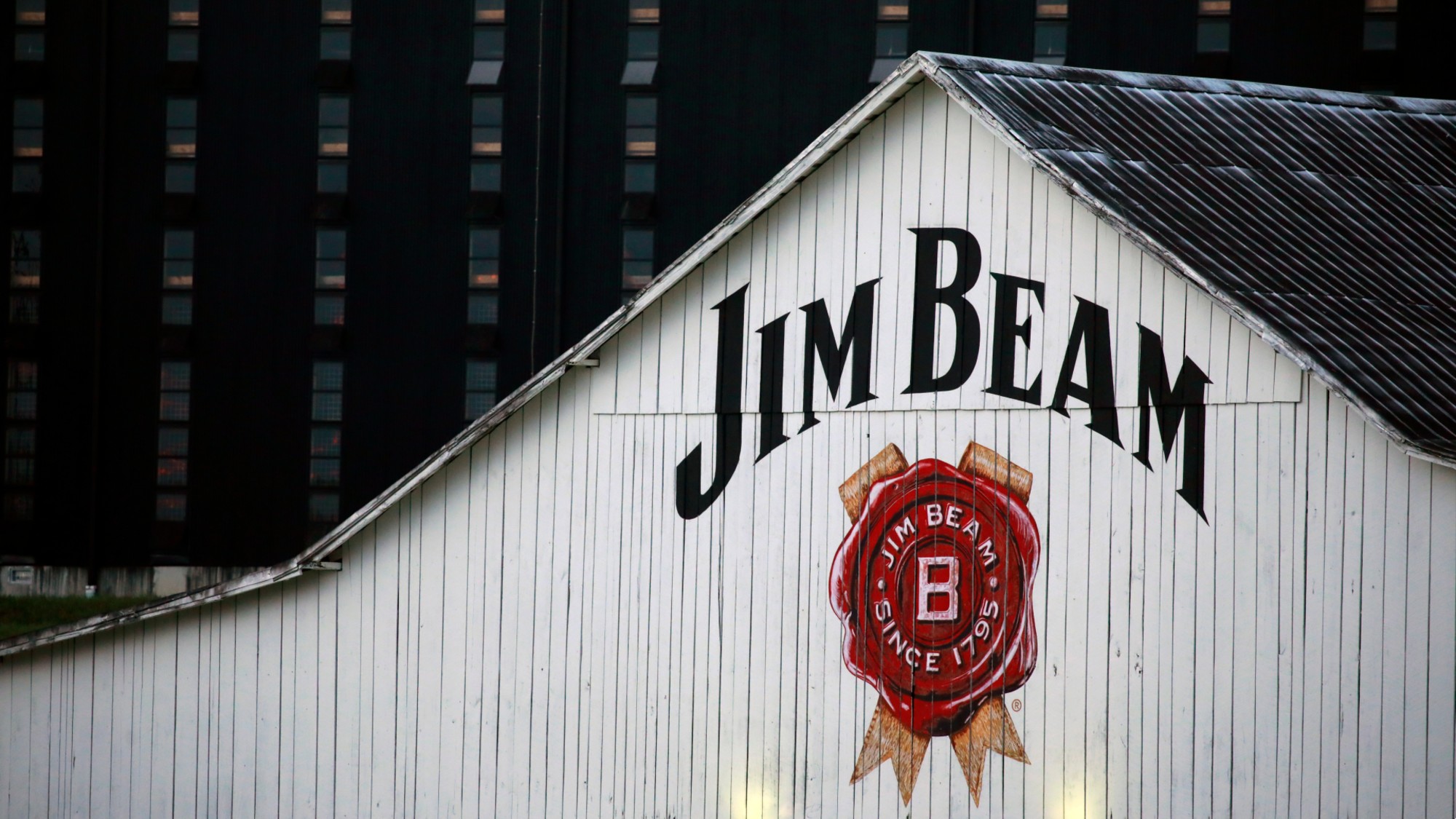 Whiskey tariffs cause major problems for American distillers
Whiskey tariffs cause major problems for American distillersIn the Spotlight Jim Beam is the latest brand to feel the pain
-
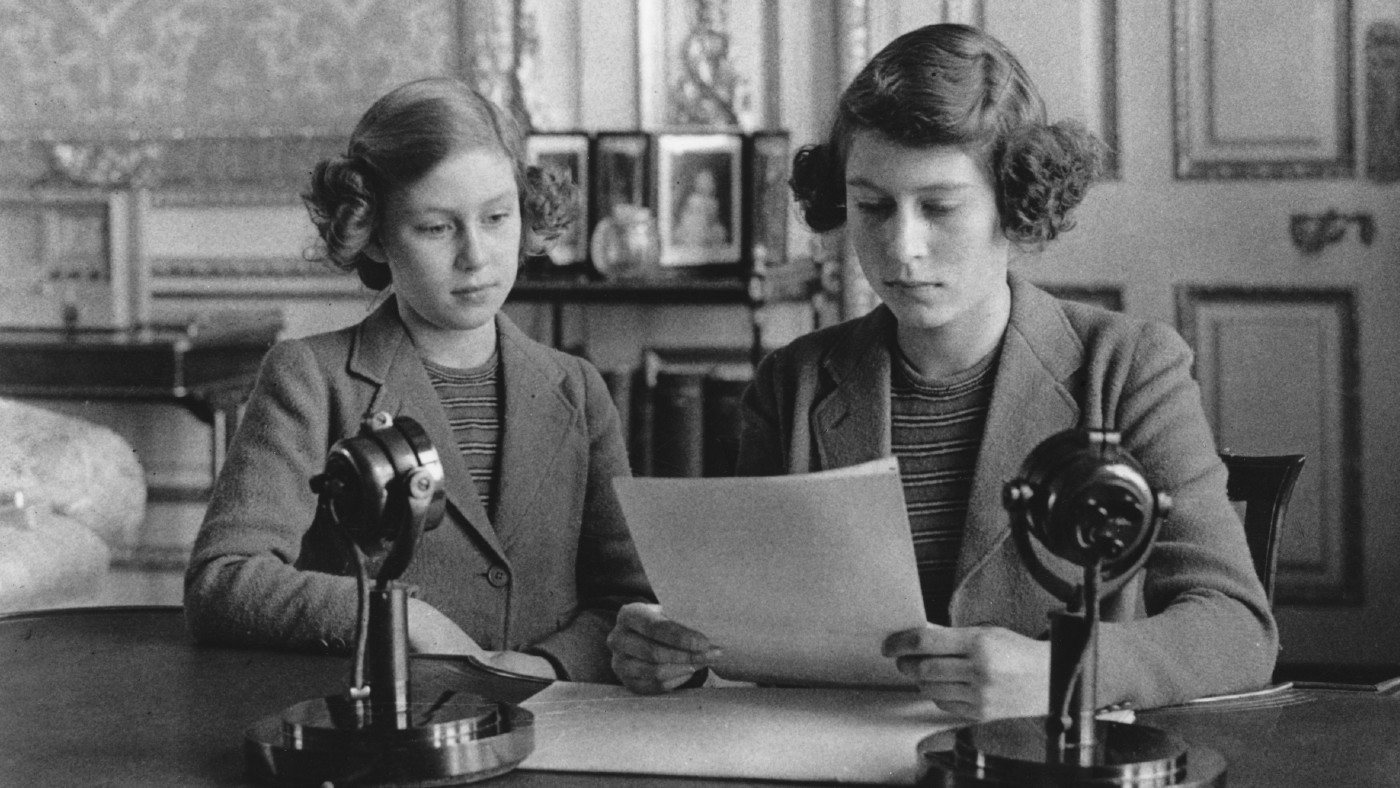 Queen Elizabeth II’s life in pictures
Queen Elizabeth II’s life in picturesIn Pictures Key moments for the monarch, from the announcement of her engagement to giggles with her granddaughter-in-law
-
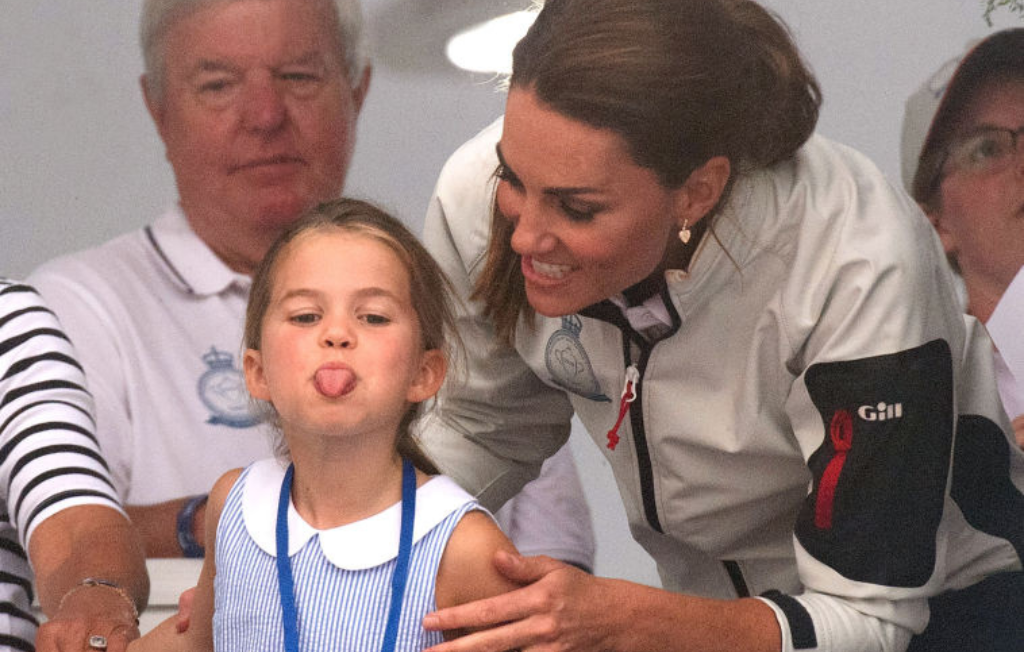 Princess Charlotte: photo gallery of ‘cheeky’ seven-year-old royal
Princess Charlotte: photo gallery of ‘cheeky’ seven-year-old royalIn Pictures The Duke and Duchess of Cambridge’s daughter is ‘a royal photographer’s delight’
-
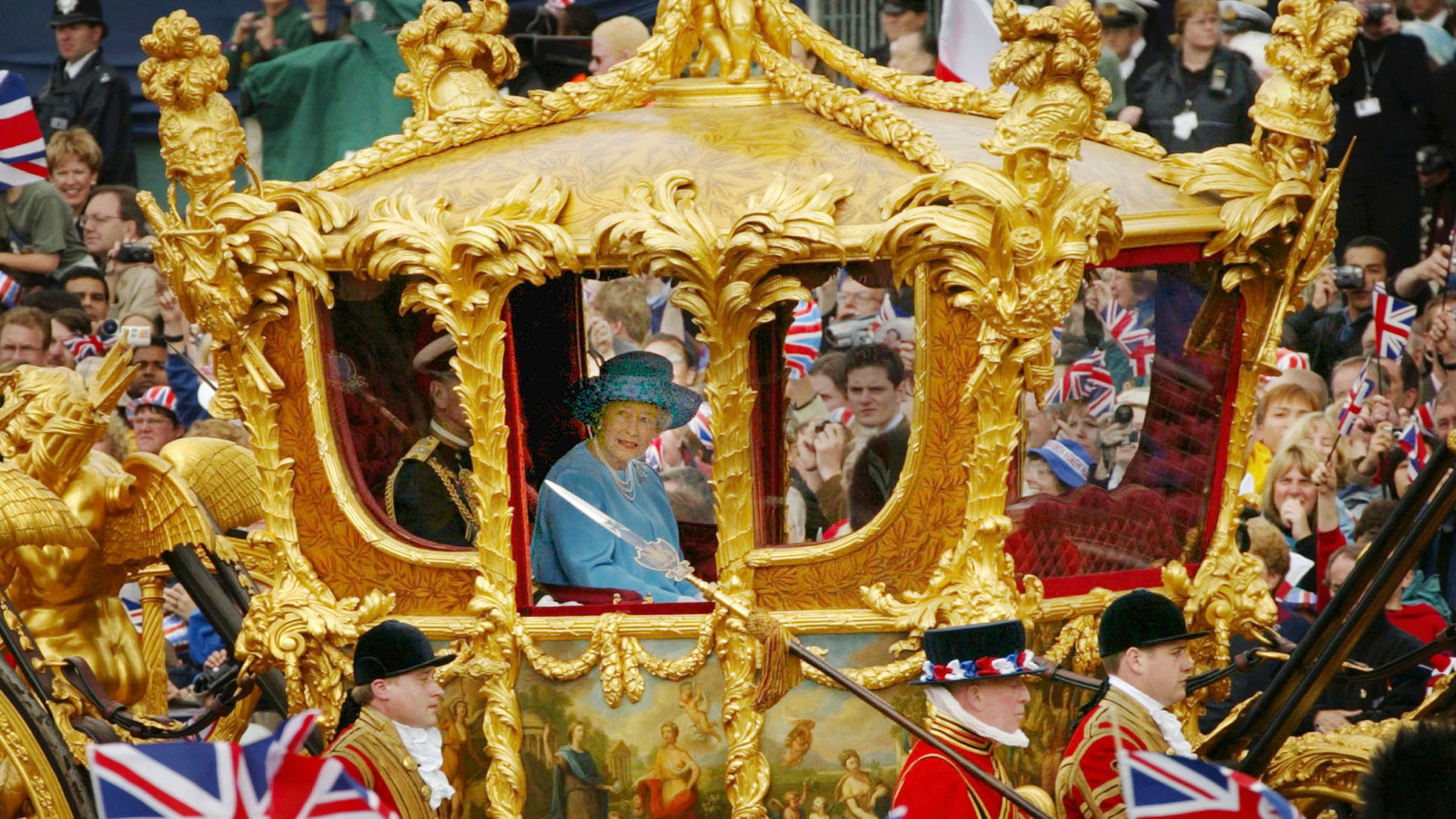 A look back at the Queen’s Silver, Golden and Diamond Jubilees
A look back at the Queen’s Silver, Golden and Diamond JubileesIn Pictures How the country celebrated the Queen’s major milestones across the decades
-
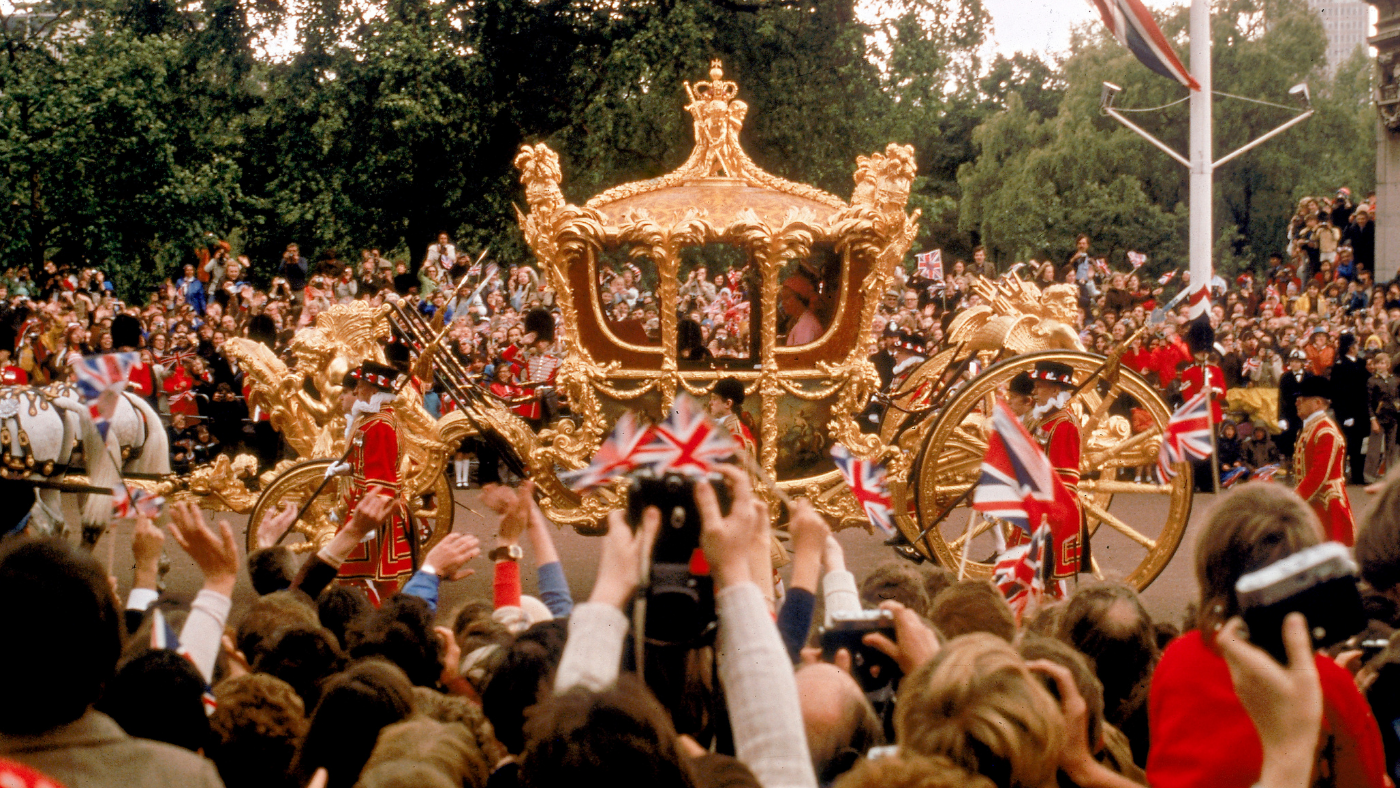 A look back at the Queen’s jubilees
A look back at the Queen’s jubileesIn Pictures This year marks the fourth major anniversary during the Queen’s 70-year reign
-
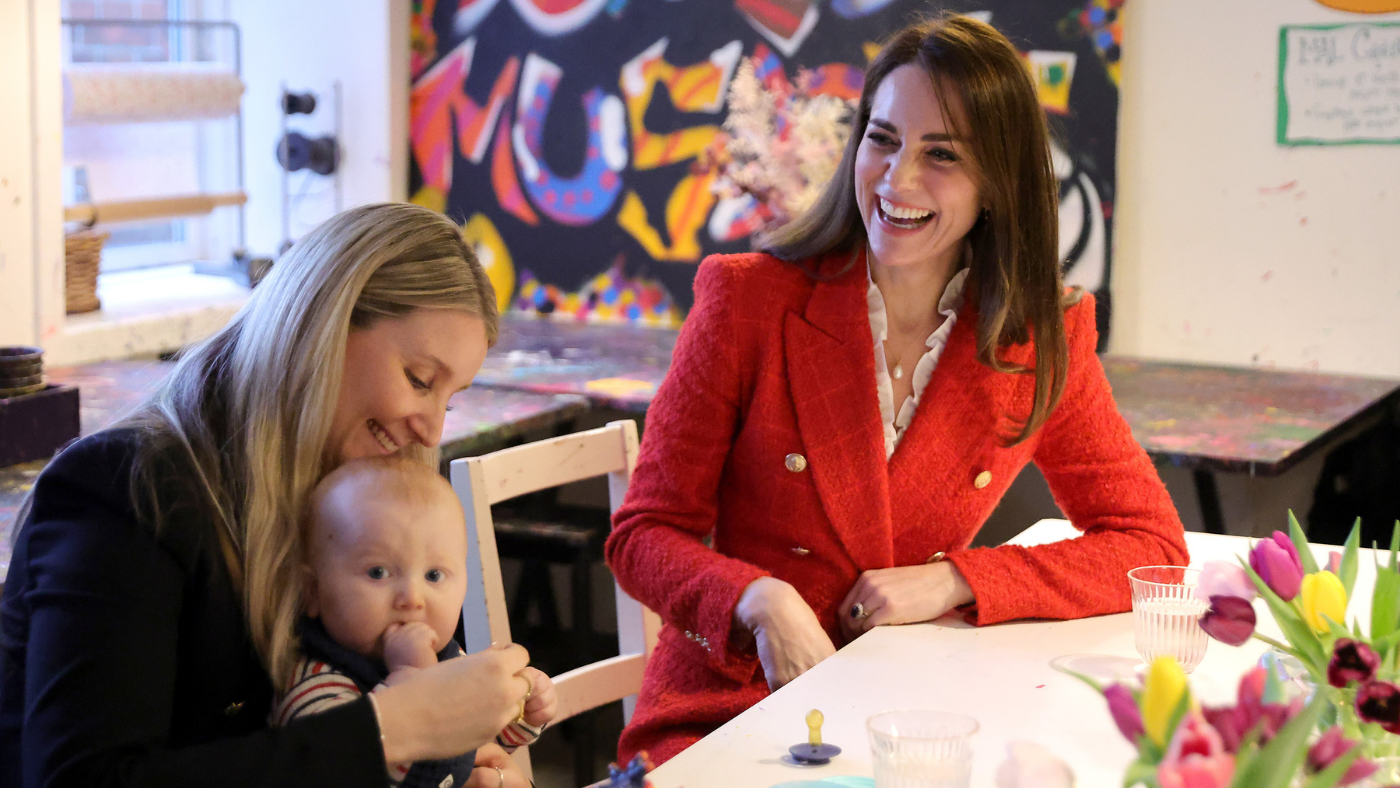 The Duchess of Cambridge in Denmark – in pictures
The Duchess of Cambridge in Denmark – in picturesIn Pictures Kate Middleton’s whistle-stop two-day tour was packed with engagements
-
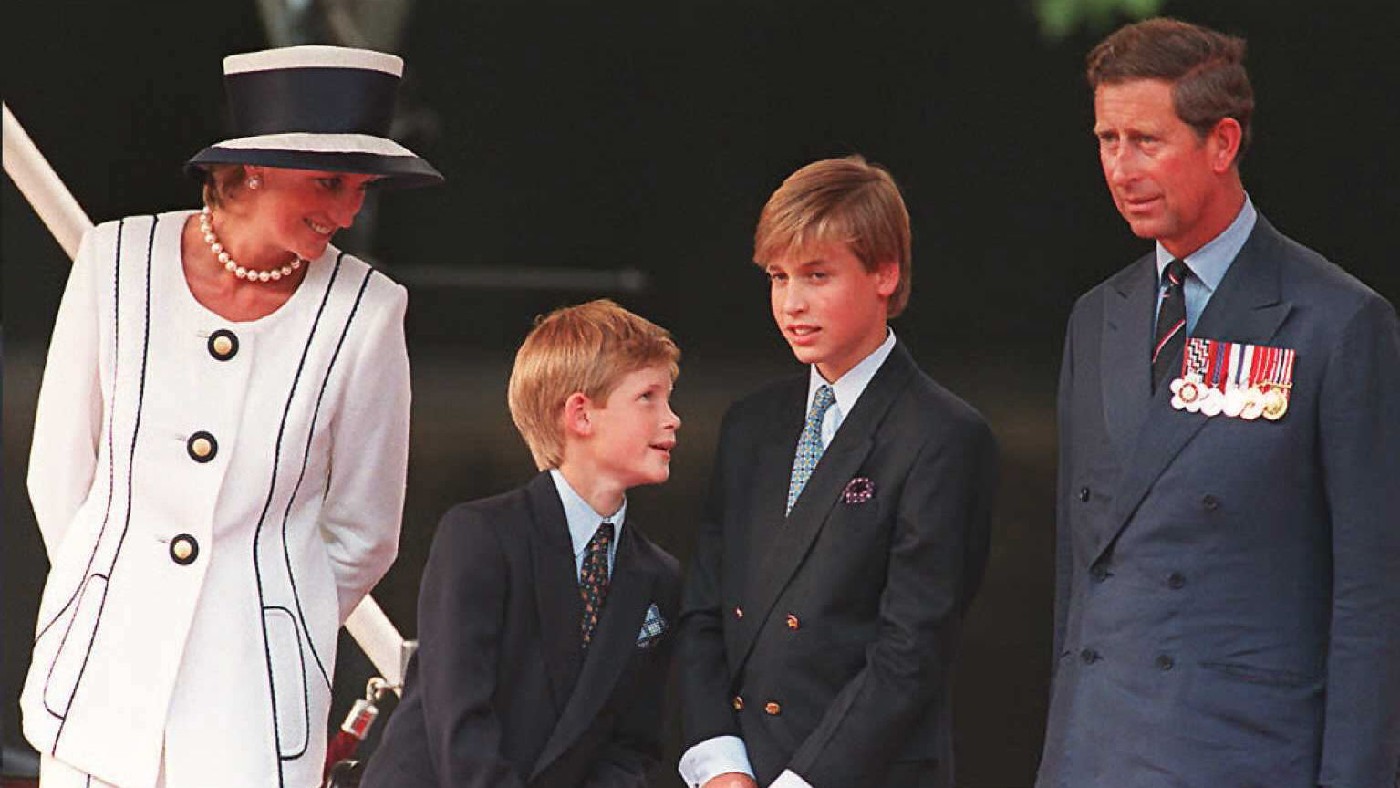 Prince William: a life in pictures
Prince William: a life in picturesIn Pictures Duke of Cambridge celebrates 39th birthday following surprise public appearance